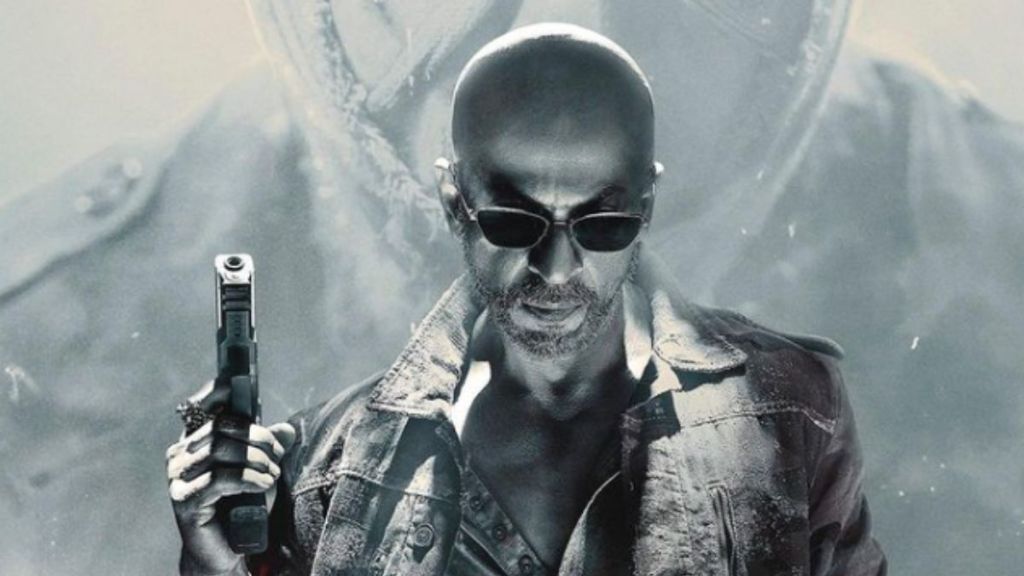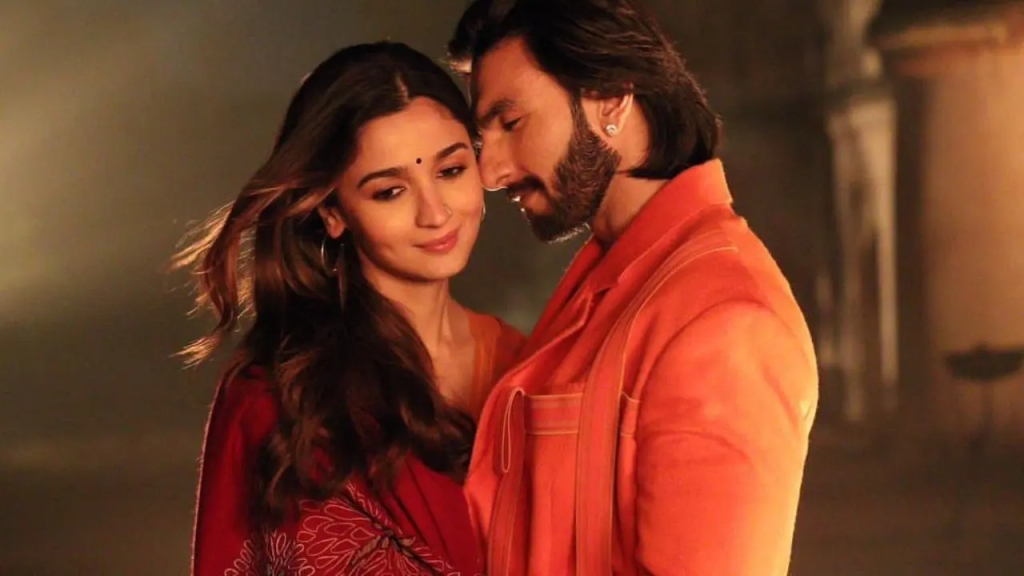
Amar Singh Chamkila is an interesting film. It is as much a story of the titular Chamkila as it is of its filmmaker Imtiaz Ali, as much a story of 1980s Panjab as it is of modern-day India, and as much a story of casteism as it is of censorship. Most of these – especially the latter – do not make sense together, and yet under Ali, the story of the Panjabi singer finds a political voice missing from Ali’s filmography hitherto.
The story of Amar Singh Chamkila is inherently political in nature (like every other story in this world, one might argue). It is impossible to ignore the politics in the rise and fall of this maverick singer. But unlike in movies like Rockstar or Highway where Ali limited the political commentary to a song (‘Sadda Haq’ in Rockstar) or a dialogue (Randeep Hooda’s monologue in Highway), here he goes a step further. There has always been a reluctance in Imtiaz Ali’s cinema to confront the inherent politics of the stories he tells. Here, too, he does not go as dark and deep as other filmmakers might have, but there is a sense of ownership of the world of Chamkila, the complex, intrinsic relationship between his caste (a Dalit) and his lyrics that comes from the world he is from, the world he has seen around.
In the very first scene, we are introduced to the paradox that was Amar Singh Chamkila (Diljit Dosanjh). A wildly popular singer is murdered along with his wife Amarjot (Parineeti Chopra) minutes before a performance. The action is immediate and impactful and works because as a biopic, it makes little sense to keep the assassination a third-act reveal.
What follows is the chronicling of Chamkila’s rise to fame by different narrators, placing the different pieces of the puzzle together. In essence, this is similar to how a journalist (Aditi Rao Haideri) tries to assemble the life of Jordan (Ranbir Kapoor) together. Here, the writing is better, the protagonist more likable, and the love story between him and Amarjot more subtle. The somber, softness of Chamkila as a person almost works as a paradox to his crude lyrics, often objectifying women. There is an honesty in him, despite the nature of his songs, that makes him likable.
It helps that Dosanjh plays him in a simplistic way that makes you find a heart in his vulgar lyrics. He instills Chamkila here with the kind of humane quality that sits right between seeing him both as a misguided young man and a martyr for art and freedom of speech. The movie makes you understand him, not root for him. All it does is show the viewers a mirror, reminding us that an artist is a product of their society, and their work a reflection of everything they see around. To ask, then, if a work of art is corrupting society is invariably calling the world that artist came and learned their craft from, corrupt.
A big section of the movie tries to tackle the question of immorality, and the responsibility that an artist holds in society. But the Ali brothers problematize this debate fascinatingly with the added complication of Chamkila being a Dalit. At one point in the narrative, he refuses to sing his controversial songs and instead steers towards devotional songs. But therein appears the Shakespearean fatal flaw in Chamkila. He cannot refuse the demands of his audience. He returns to his old songs because, despite his success, he sees his listeners as his masters and turns himself into their servant. It is a dynamic rooted in the casteist history of India. Chamkila is a Dalit, and his service to his fans is deeply connected to his sense of inferiority that he secretly battles behind his loud, voracious songs.
Amar Singh Chamkila is in many ways an extension of previous Ali movies, sharpening the questions films like Rockstar and Tamasha asked. It blends truth with story, and the truth-teller with storyteller. It turns the idea of art into a mythical balm in times of violence as well as a cause for violence in a turbulent society. It is a story of paradoxes that exist even today. Thankfully, the filmmaking allows the thematic chaos to penetrate the storytelling. The editing by Aarti Bajaj is especially penetrative, constantly cutting into paradoxes and parables, doing things that many previous Ali films attempted to do but failed to achieve eventually.
Amar Singh Chamkila is a lot more than the return in form for Imtiaz Ali. It is a reminder of the wondrous, warped relationship an artist shares with their audience. It shows the toxicity of fandom, obsession with people-pleasing, and ultimately a society that was too broken to let its inner thoughts percolate into a song lyric, too fragile to let a man and woman survive on the fame of their songs. It is a movie of a country that was, and still does a complete disservice to its many truthtellers who exist in the garb of artists.
Streaming on Netflix









